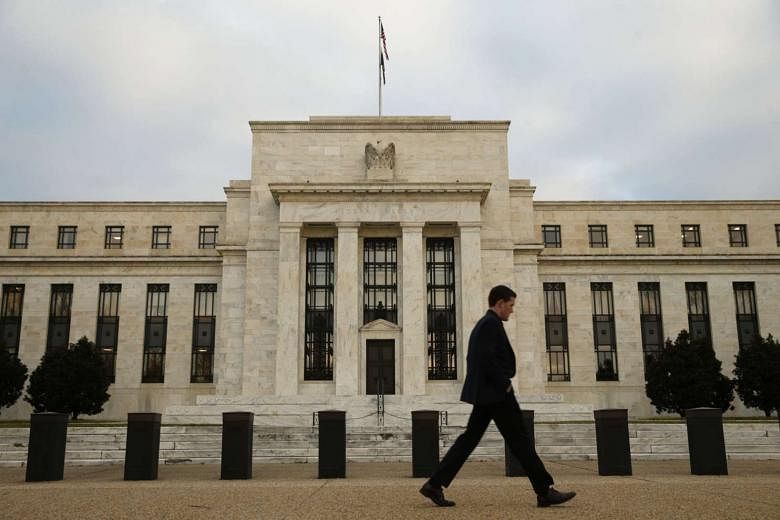1. Singapore CPI and GDP data awaited
It is a key week for Singapore with inflation figures out on Tuesday (Feb 23), final fourth-quarter growth numbers on Wednesday, and industrial figures on Friday.
Headline consumer price index (CPI) is expected to have fallen for the 15th straight month on a year-on-year basis in January, a Reuters poll shows, dragged down by falls in housing and transport costs. The median forecast is for the all-items CPI to fall 0.4 per cent in January, after declining 0.6 per cent in December.
This is the last CPI data to come out before the next scheduled review of monetary policy by the Monetary Authority of Singapore (MAS). Last week, figures showed that Singapore exports fell almost 10 per cent year-on-year in January as sales to major market China tumbled.
Falling inflation and exports have raised expectations that MAS will ease the Singapore dollar at its April review. The case for a weaker Singdollar policy will increase if January inflation and final fourth-quarter growth numbers - due at 8am on Wednesday - point to more slowing. Economists expect the Government to cut its 2 per cent estimate for Q4 GDP given disappointing manufacturing and exports data.
2. Are US rate hikes back on the table?
Markets are going to tune in closely to speeches by a slew of US Federal Reserve officials this week after data last week on US inflation, jobs and even manufacturing came in better than expected, suggesting the US central bank might hike interest rates sooner than thought.
If US economic data keeps surprising on the upside, talk of a US recession will also be dampened. This week will see the release of the PMI manufacturing index on Monday; S&P Case-Shiller home price index, existing home sales and consumer confidence on Tuesday; durable goods orders and weekly jobless claims on Thursday; and gross domestic product for the fourth quarter and personal income and spending on Friday.
3. Saudi oil chief to face rival US producers
Given the wild swings and uncertainty that has racked oil markets, the annual CeraWeek energy conference that kicks off on Monday in Houston, Texas, is a must-watch.
Saudi Arabia's Oil Minister Ali al-Naimi is giving the keynote speech on Tuesday night Singapore time, as he faces US shale producers with whom he has been waging a price war. Opec general secretary Abdalla Salem El-Badri will speak earlier on Tuesday.
Last week's surprise agreement by Saudi Arabia, Qatar, Russia and Venezuela to freeze oil output at January levels - near record highs - saw oil rally before benchmark Brent crude ended the week lower at US$33 a barrel, with US crude futures ended unchanged at just below US$30.
The rally reversed after Iran, the main hurdle to any output control in its desire to recapture market share lost to sanctions, welcomed the deal without committing to any of its own curbs.
4. G-20 meet boosts hopes for coordinated policy, stimulus
Markets are already keyed up ahead of the G-20 finance ministers meeting in Shanghai on Thursday and Friday, where there is some optimism that China and others could discuss stimulus to help the global economy, the Financial Times reported. Other topics are expected to include the Fed and other central banks' policy, China's management of its yuan currency and oil prices.
"The hope is there's more and more discussion about infrastructure spending and discussion about coordinated policy globally," Mr Rick Rieder, chief investment officer of global fixed income at BlackRock, told the FT.
5. Banks in focus
DBS is the last of the Big Three to report its quarterly results on Monday. Two Asian-focused banks - HSBC and Standard Chartered - report their annual results on Monday and Tuesday respectively.
Investors will want to know more about HSBC's decision, announced last week, to keep its headquarters in London, in a blow to Hong Kong. Analysts are also keen for an update on HSBC's plan to cut US$5 billion (S$7 billion) of costs by 2017 and will watch for any signs that market turbulence has slowed its "pivot to Asia" strategy of redeploying assets to China, the FT reported.
StanChart is expected to make its first annual net loss since 1989, the FT said, hit by more provisions for bad loans, particularly in the commodity sector and in parts of Asia, and the cost of a restructuring plan announced last year.


